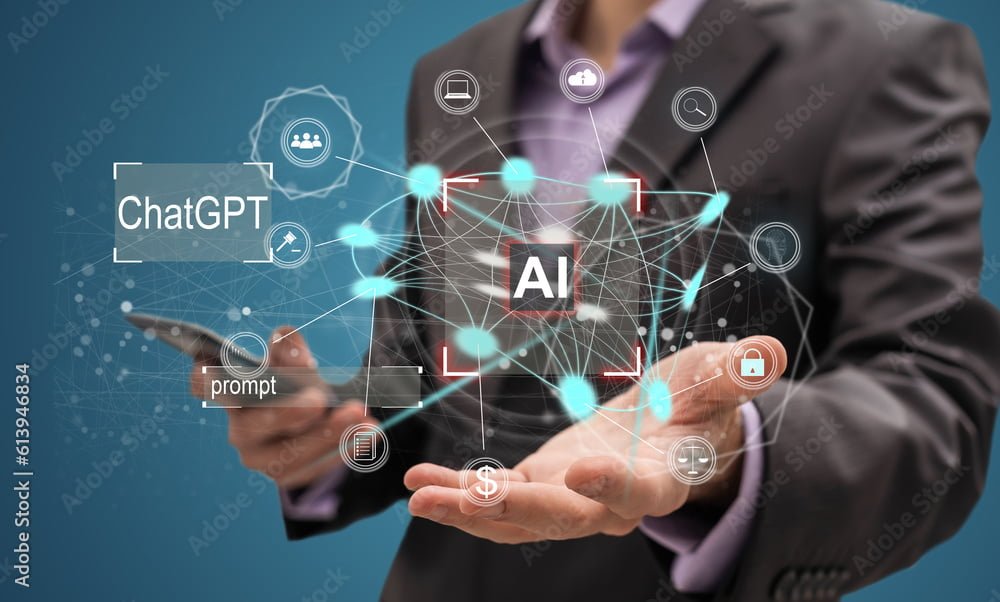Introduction
In recent years, the field of artificial intelligence (AI) has experienced exponential growth, transforming industries and sectors in ways we could hardly imagine before. One fascinating area that AI has made significant strides in is image creation. From generating lifelike portraits to crafting intricate landscapes, AI algorithms are pushing the boundaries of creativity and challenging traditional notions of artistic expression. In this article, we’ll delve into the world of AI-powered image creation, exploring its techniques, applications, and the potential it holds for the future of art.
The Rise of AI in Image Creation
AI’s involvement in image creation can be attributed to the development of generative adversarial networks (GANs). GANs are a class of machine learning algorithms that consist of two networks: a generator and a discriminator. The generator creates images, while the discriminator evaluates them for authenticity. Through iterative training, the generator improves its ability to produce increasingly realistic images, leading to astonishing results.





Techniques in AI-Powered Image Creation
- Style Transfer: AI-driven style transfer allows artists to infuse their unique styles onto pre-existing images or videos. By analyzing the content and style of two images, AI algorithms can blend them to create mesmerizing combinations that merge realism with artistic flair.
- Neural Style Transfer: This technique combines the content of one image with the style of another, resulting in an image that looks as if it were created using the artistic style of a famous painter or a specific artistic period.
- Super-Resolution: AI can upscale and enhance the resolution of images, turning pixelated or low-res visuals into sharp, high-quality pictures. This technique has implications not only in artistic creation but also in fields like medical imaging and surveillance.
- GAN-Generated Art: Generative adversarial networks can generate entirely new and original images. Artists and researchers have harnessed GANs to create portraits, landscapes, and even abstract compositions that showcase AI’s capacity for creativity.
Applications of AI in Image Creation
- Digital Art: Artists are using AI as a tool to expand their creative horizons. By collaborating with AI algorithms, creators are producing captivating pieces that blend human creativity with the mathematical precision of machines.
- Entertainment and Gaming: AI-generated characters, environments, and assets are finding their way into video games and films. This streamlines the design process and provides unique visuals that were once limited by human imagination and resources.
- Advertising and Marketing: AI-generated images are being used to create eye-catching advertisements and promotional materials. These images can be tailored to suit specific demographics and trends, ensuring maximum impact.
- Architectural Visualization: AI can help architects and designers visualize their projects by generating realistic renderings of buildings and spaces. This saves time and resources while allowing for more experimentation in the design phase.
The Ethical and Artistic Considerations
As AI becomes increasingly involved in the creative process, questions about authorship, originality, and artistic intent arise. Can AI-generated art truly be considered the work of the programmer or artist who designed the algorithm? Is AI art merely a mimicry of human creativity or a new form of artistic expression in its own right?
Future Possibilities
The journey of AI in image creation has only just begun. As AI algorithms continue to improve and evolve, we can anticipate even more astonishing advancements in the field. From generating entirely new art movements to helping artists overcome creative blocks, AI’s impact on the art world is set to be profound.
Conclusion
AI has unlocked a range of opportunities in image production that were previously believed to be the sole territory of human artists. The ethical and artistic consequences of AI-generated art are still being discussed, but its significant influence is undeniable. As technology progresses and artistic limits are pushed, we can anticipate a future where AI and human creativity blend together to revolutionize the art world.
- The Power of Deep Research - February 5, 2025
- Replicate Deepsake on your Laptop - February 2, 2025
- The Future of Work: AI Agents - January 31, 2025


